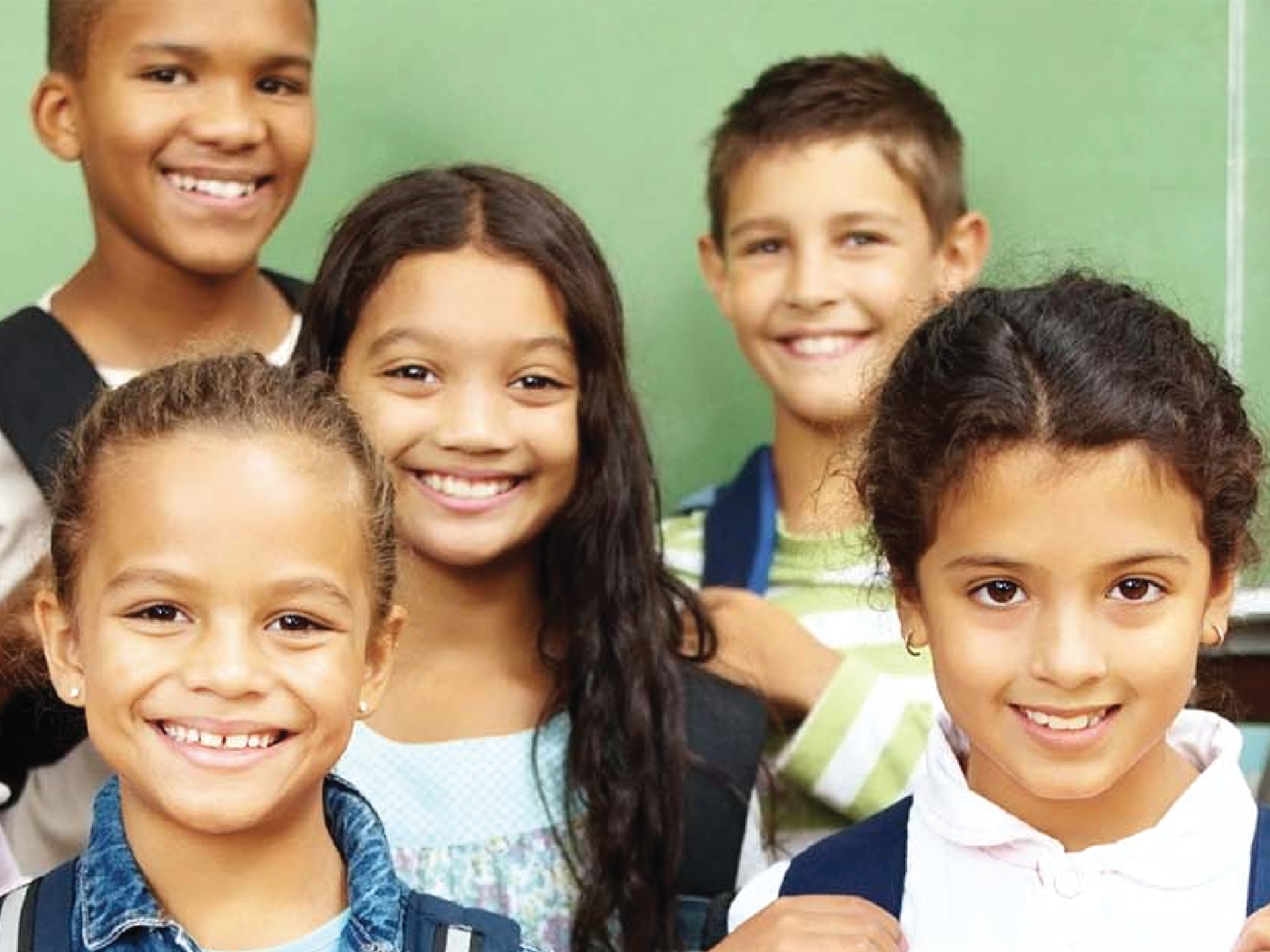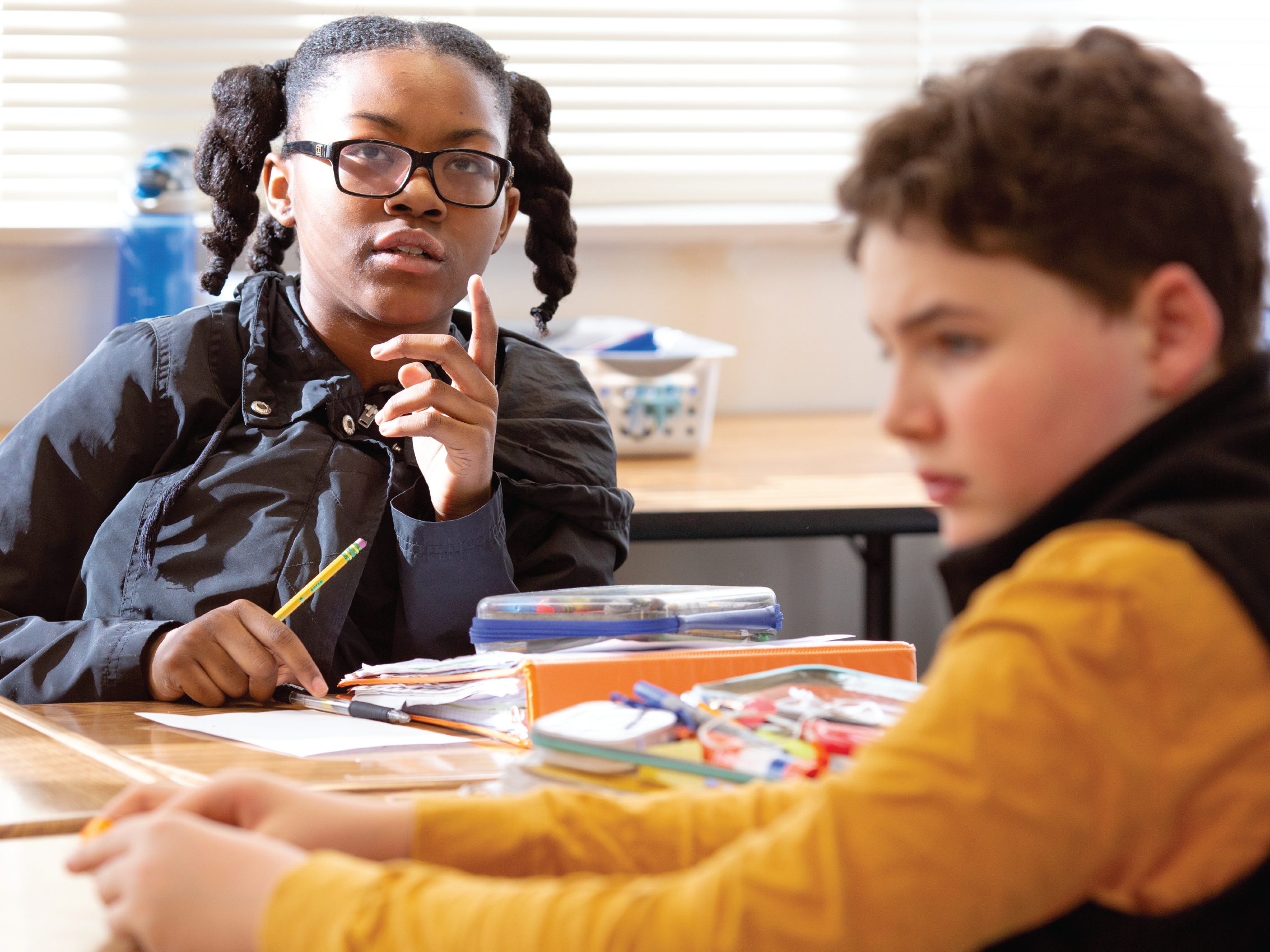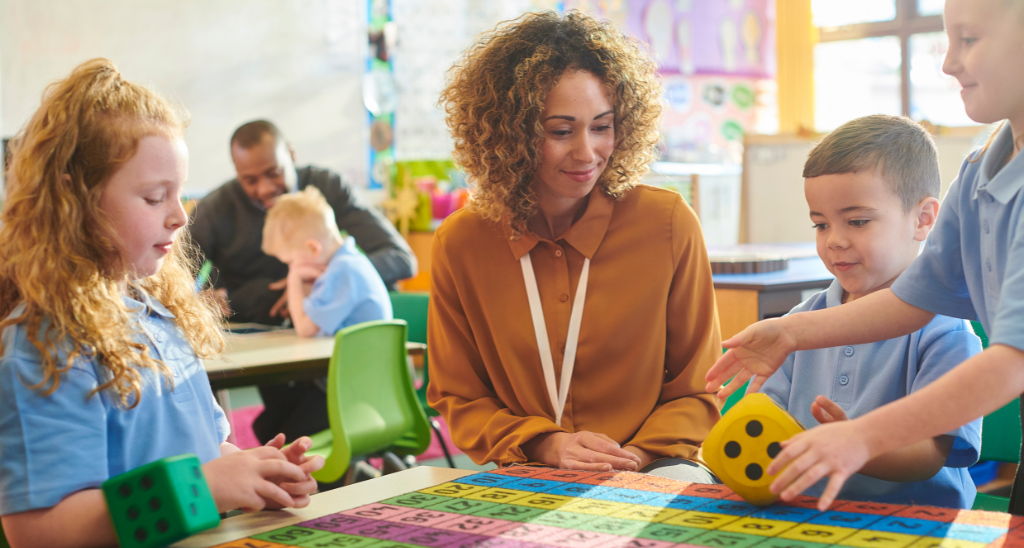The problem with having students work in groups is getting students to work in groups. Educators have done a great job of overcoming many group-work challenges over the last couple of decades. For example, providing seating arrangements more conducive to collaboration, asking deeper-level questions focused on the why not just the what, and assigning more engaging and investigative tasks. Math curriculum has also evolved to include deeper-level prompts as a standard part of lessons and many exploratory tasks to better develop student reasoning skills. Despite these improvements, often we still are not getting effective student discourse and collaboration in small-group work. Why not?
If you have children of your own, you likely have heard them complain to you about group work in school. I’ve heard many refrains throughout the years while my daughters were in school: “So and so never does their work and I have to do it all . . . I hate group work; Jenny and I always have to do all the work . . . It’s not fair that we are all graded on the work and get the same credit when one person does a lousy job . . .” Missing from these complaints is any insight into why some students jump in to work while others hold back. The social dynamics of group work and social constraints each student may or may not feel and react to are often much more of an obstacle to interacting with others than the tasks, prompts, or seating we provide. The fear of speaking up about math, for example, can be more paralyzing for students than in any other subject. One school I worked with this year surveyed its middle school students to see why they resist talking to each other about math when provided the prompts, opportunities, and consistent encouragement from the teacher to do so. The most common response was fear of being wrong. In discussing this with school and district instructional leaders, I found that there was strong agreement based on classroom observation and talking with students that math appears to be the most traumatic core subject in school for kids.
The social and power dynamics within groups, worrying about what others think about you, and one’s own self-doubt with math are obstacles that stand in the way of successful student-to-student interactions with math. To take advantage of our collaborative seating arrangements, investigative tasks, and high-level questioning, we need to find ways to overcome student fears and social barriers.
Here are some of the ways I’ve found and observed with other educators that are successful in helping to overcome these barriers:
- Train students explicitly on group work from the beginning of the year. Many curricula now include “low-floor” tasks at the start of the year in terms of the math content in order to explicitly focus on routines such as group work.
- Start with pair work to increase comfort with talking about math before moving into larger groups of three to five students.
- Periodically facilitate how and what is shared, such as “Student A talks for one minute, then Student B talks for 30 seconds to restate what Student A just said.” Then switch roles and repeat the process.
- Scaffold questions to get entry into a task. For example, the “Notice and Wonder” and “Which One Doesn’t Belong” routines are great openers and provide an easy entry into having something to share with another student.
- Spend more time on comparison-type discussions. For example, have two pieces of work compared. Students discuss and share what is different and why this does or does not change the answer. The work being compared can be from two real students or two pretend students, or it can be examples from the curricula and/or examples that you create yourself.
Jennifer Langer-Osuna, at Stanford University, conducts research on students’ sense of agency and safety within groups and how this affects interactions within groups with math. I highly recommend this short podcast about how classroom dynamics shape children’s math identities.
We welcome hearing about your struggles and insights for success with getting students to collaborate and share ideas about math with each other. Please feel free to add to the discussion below.






